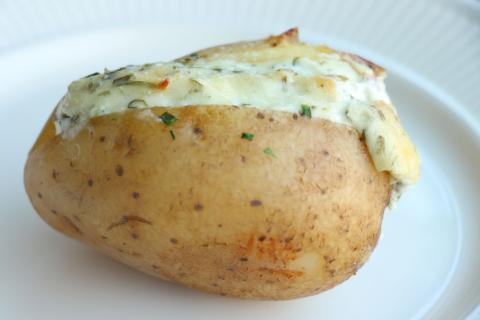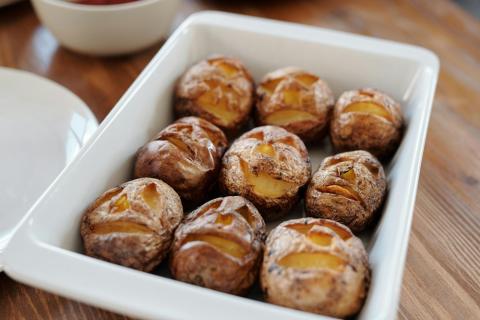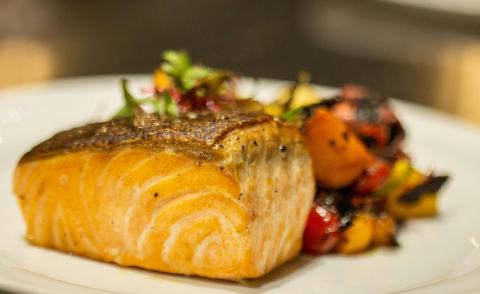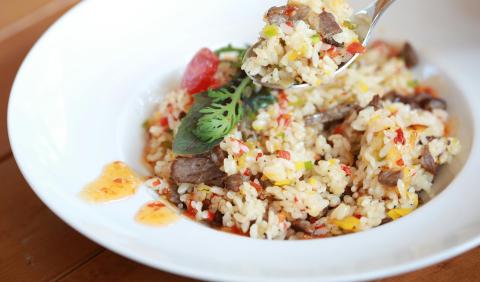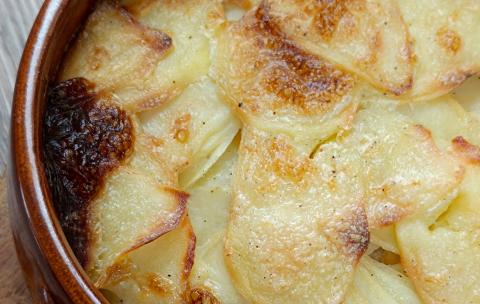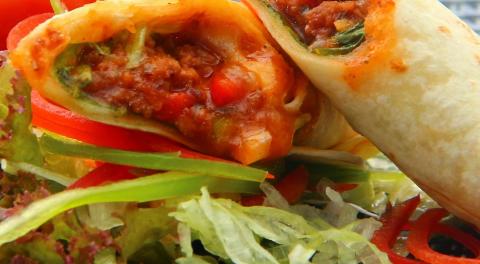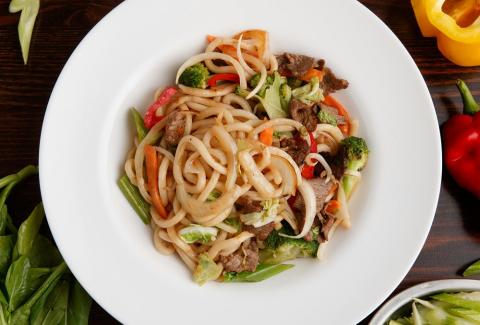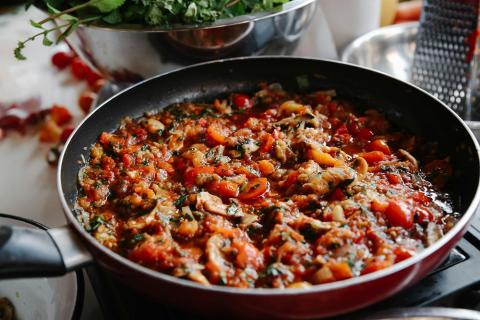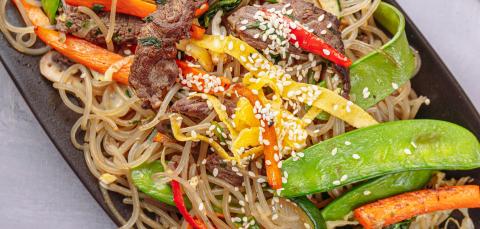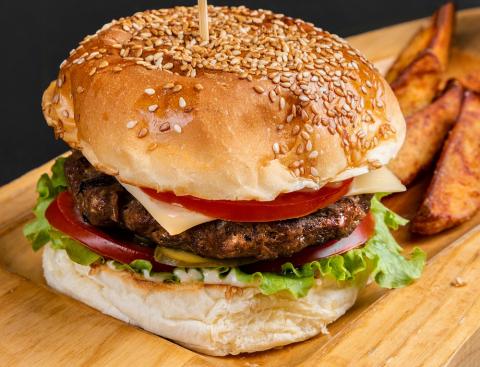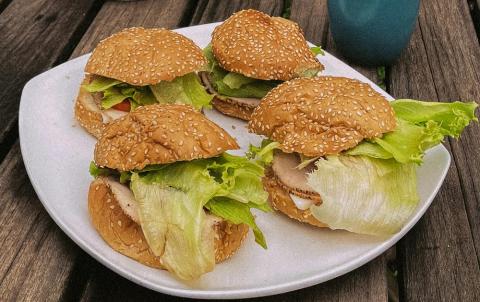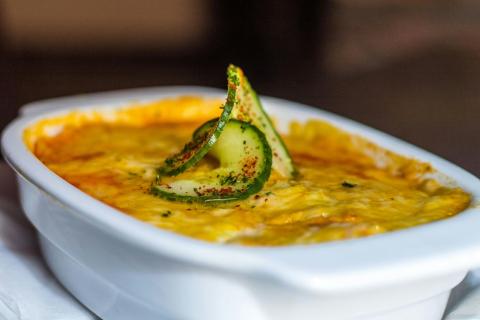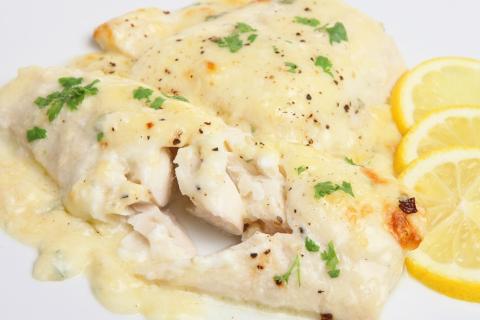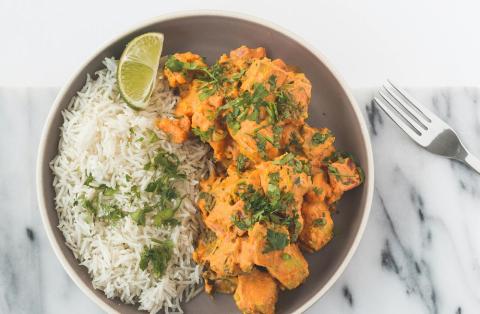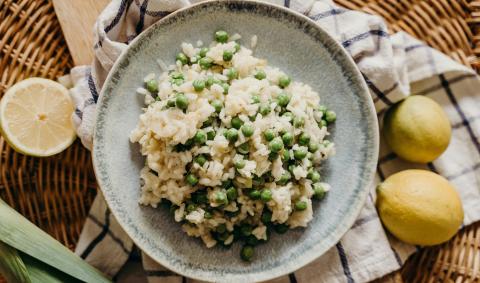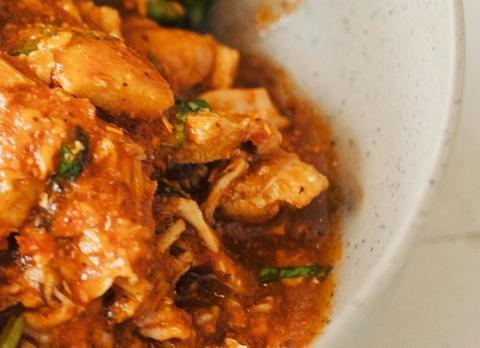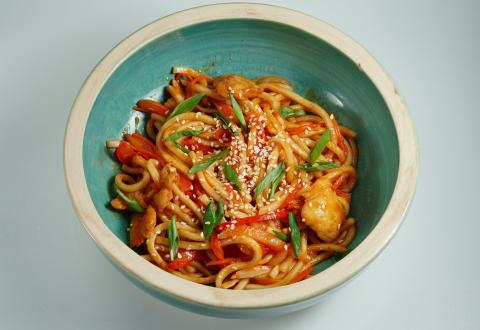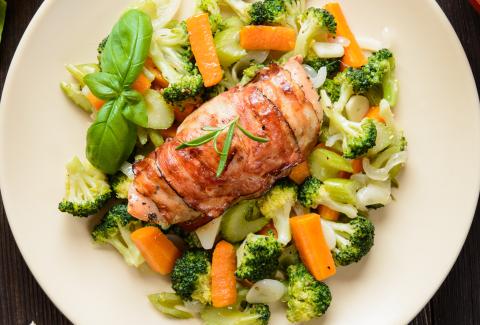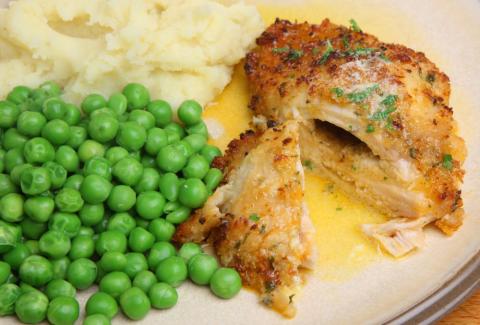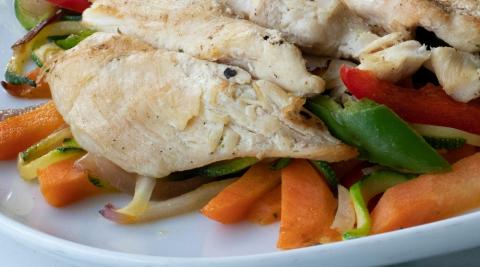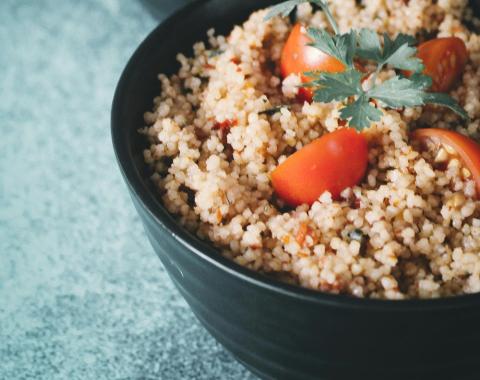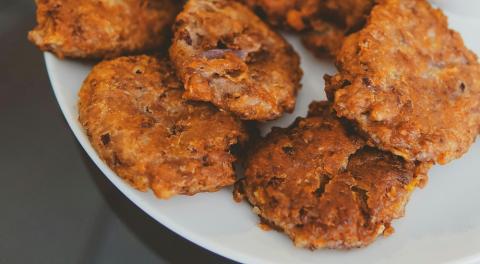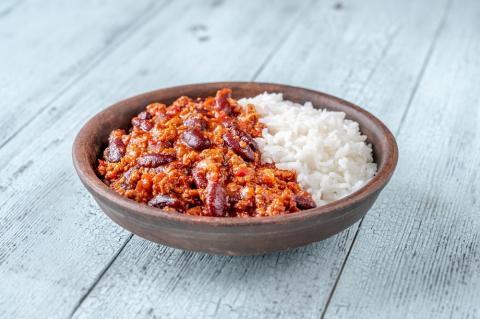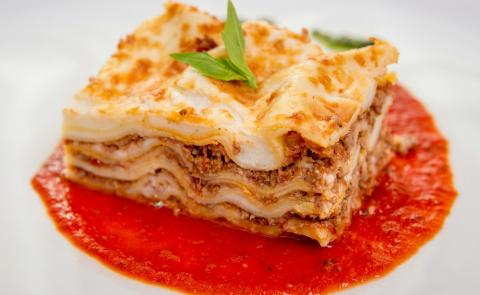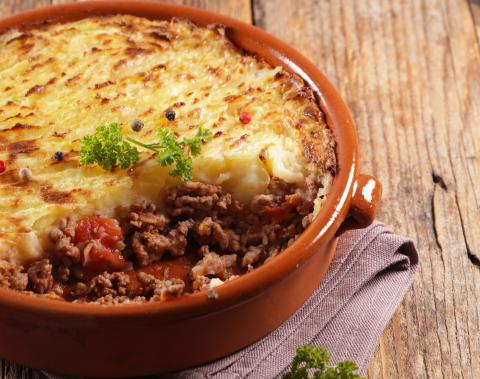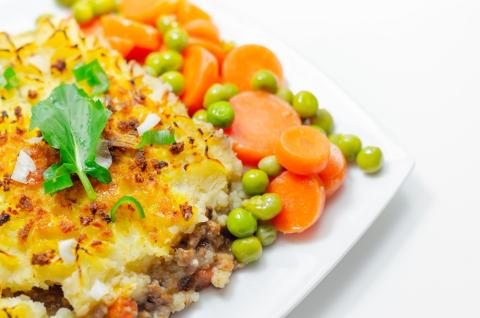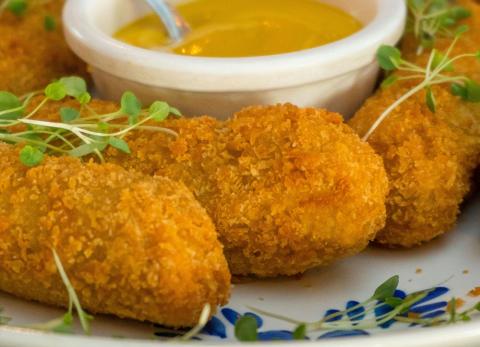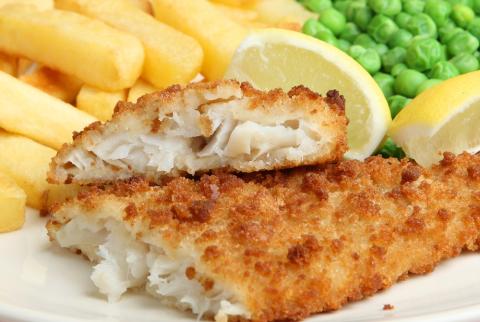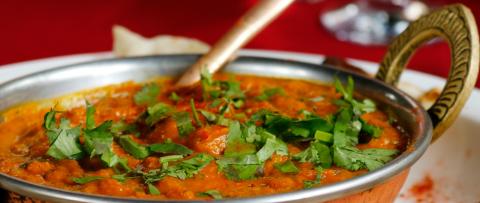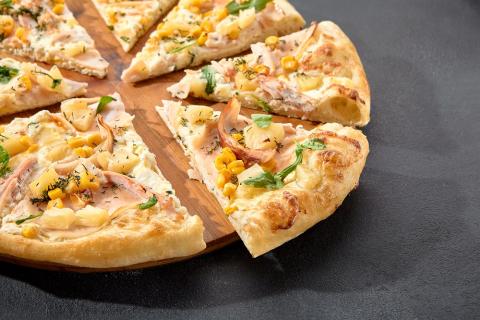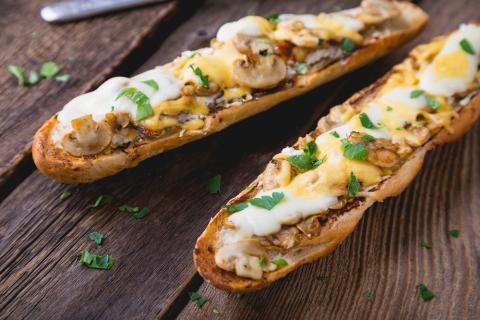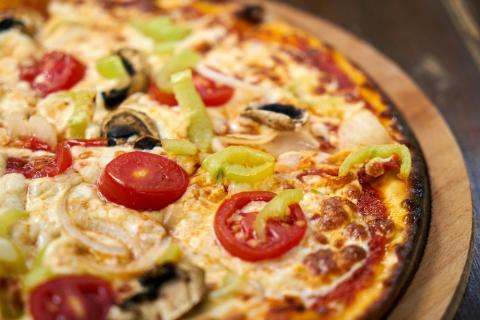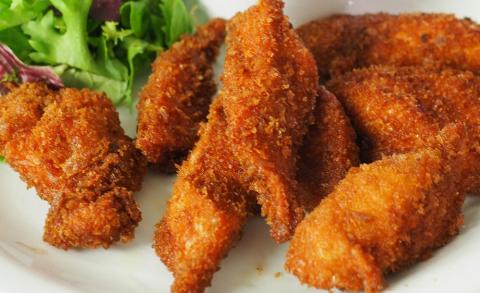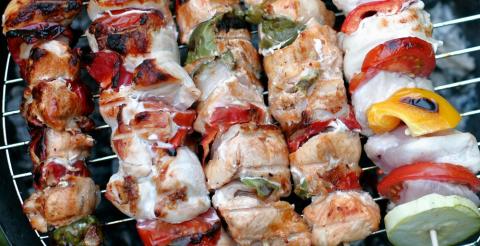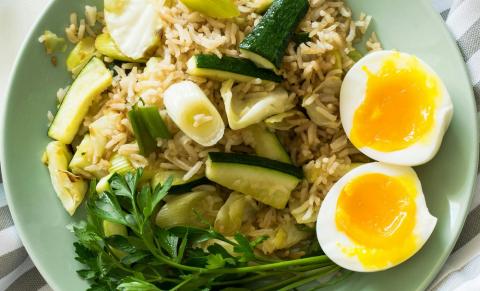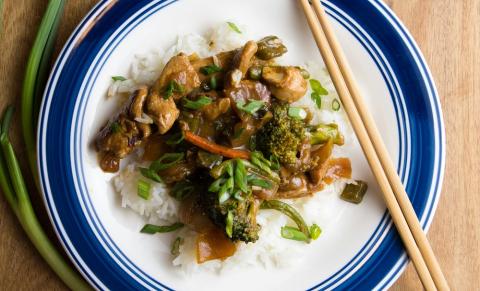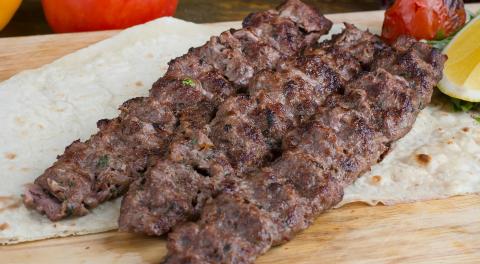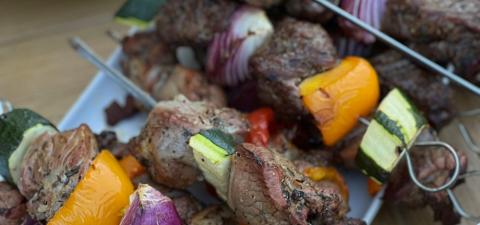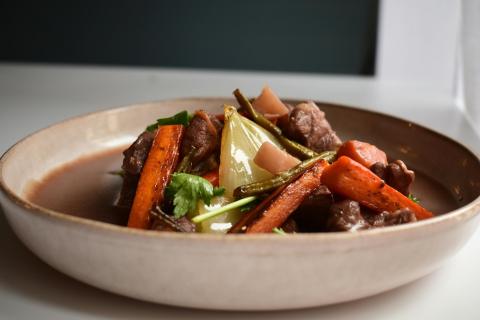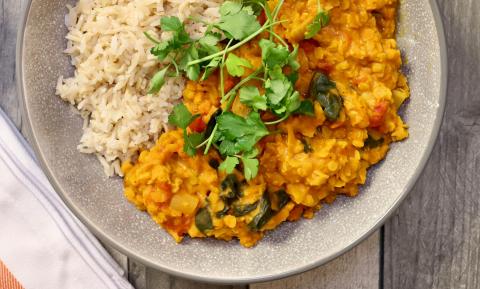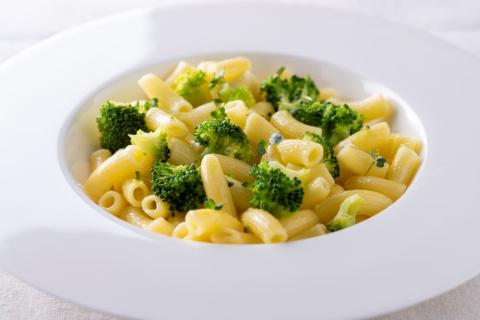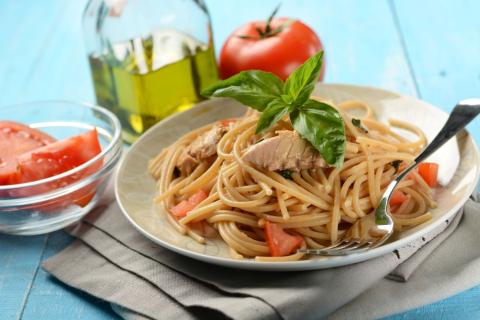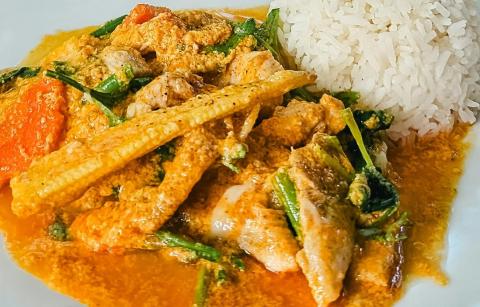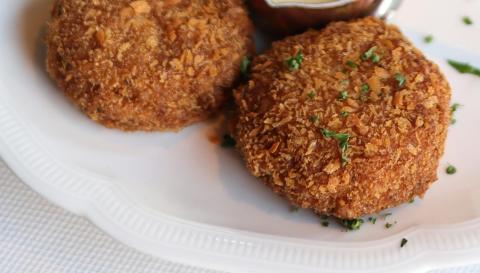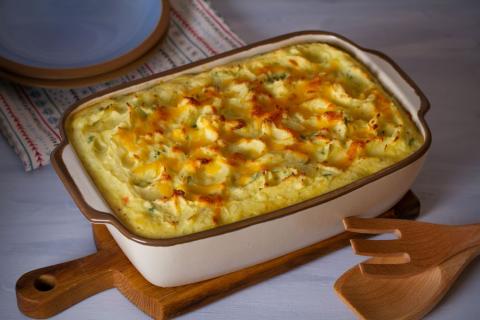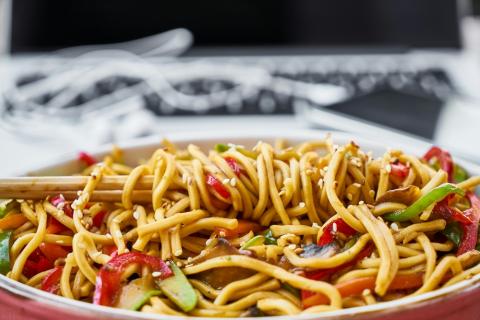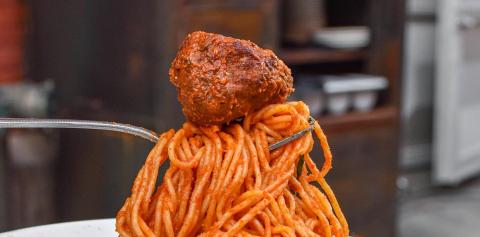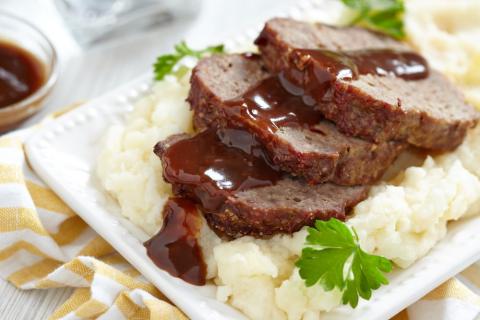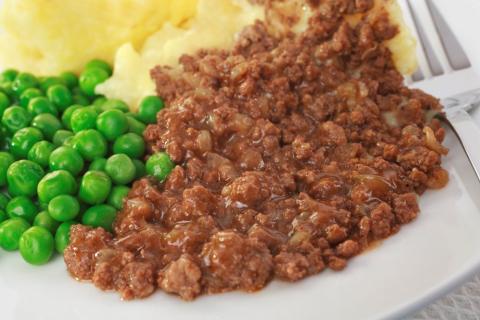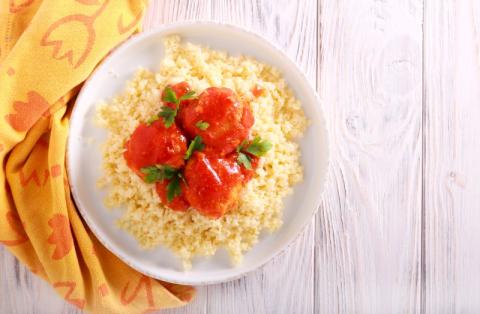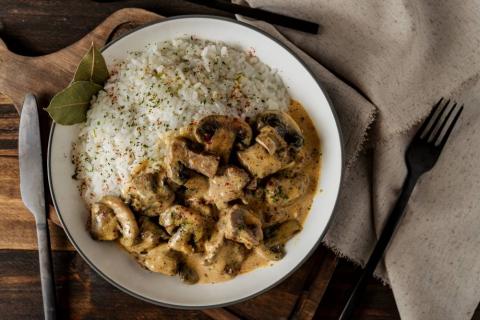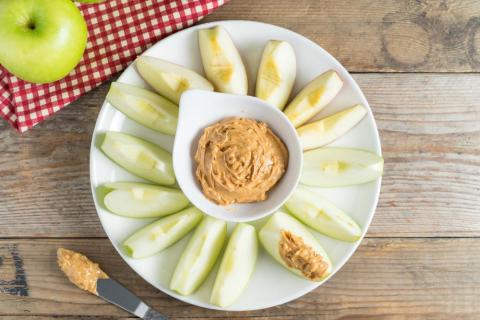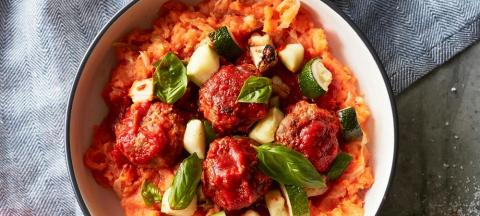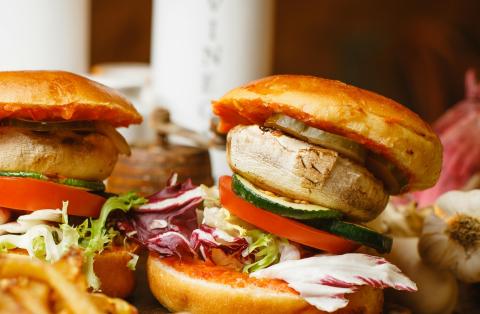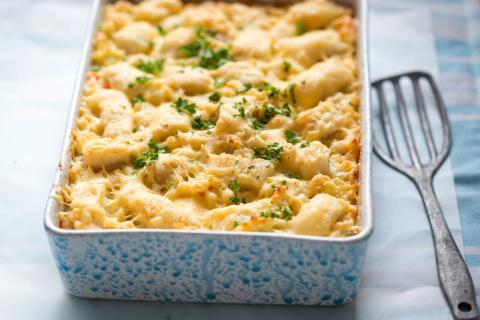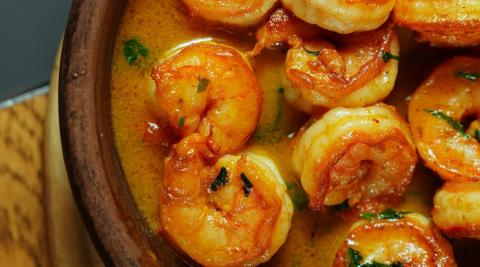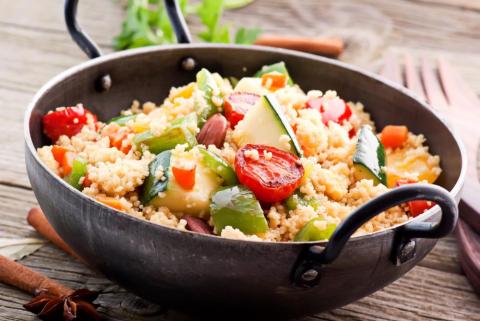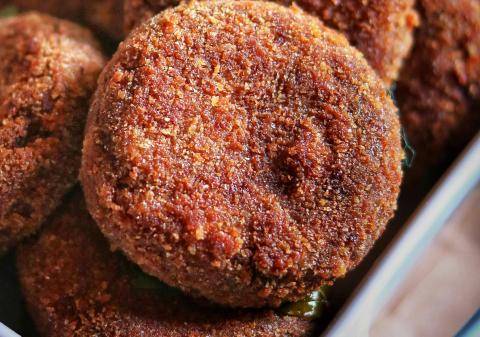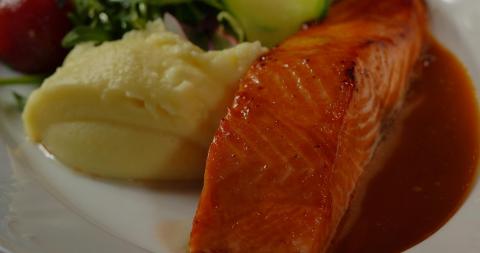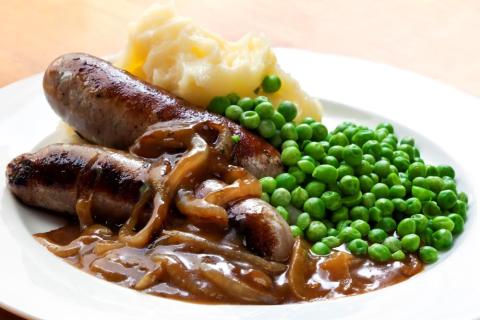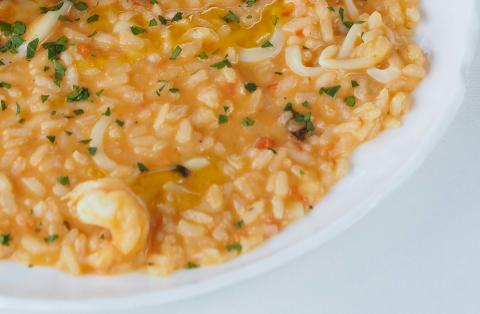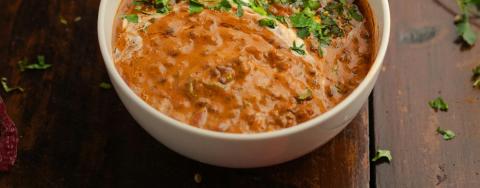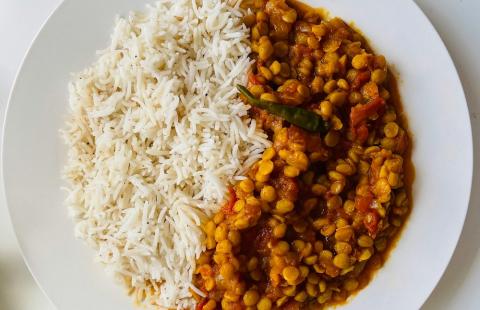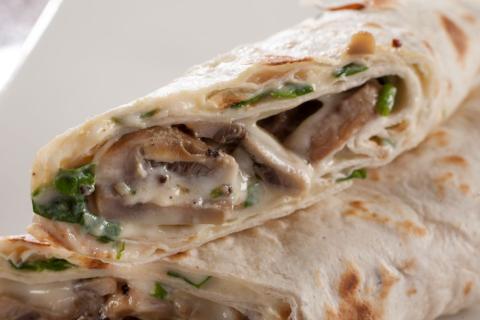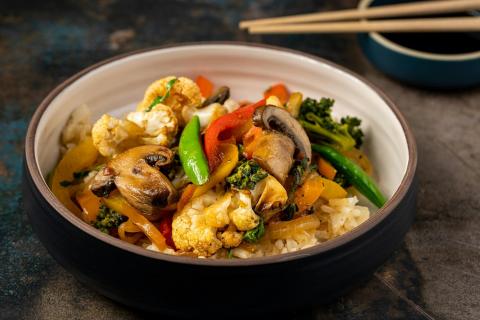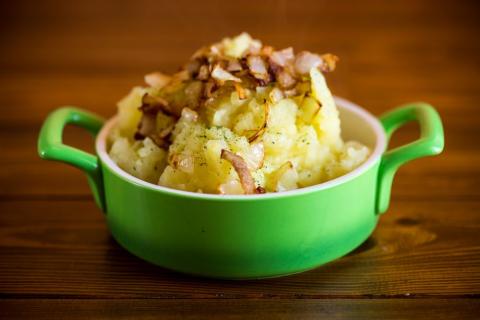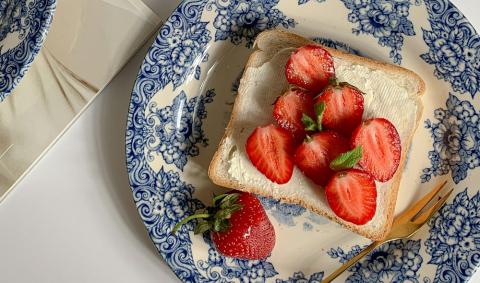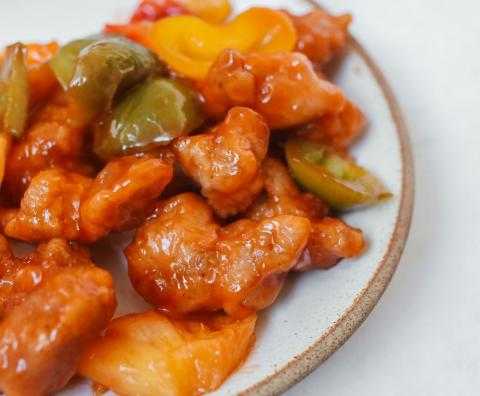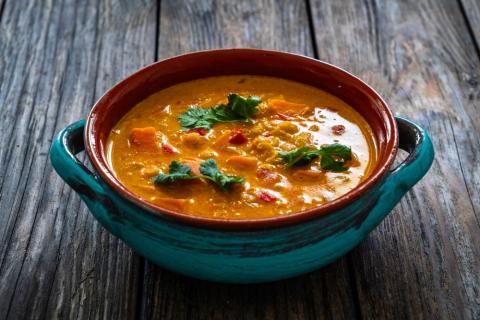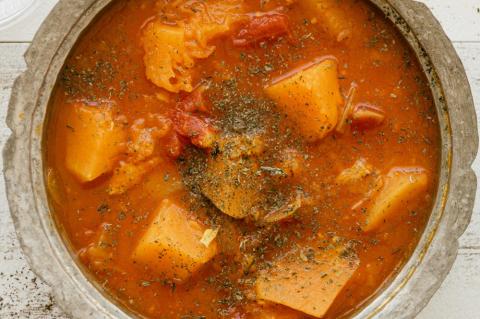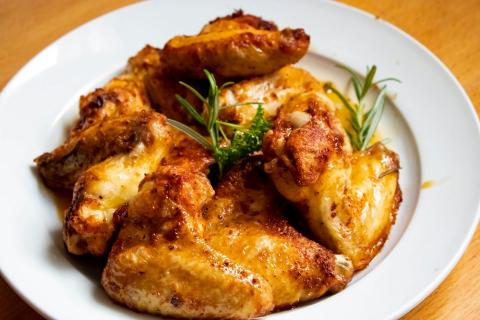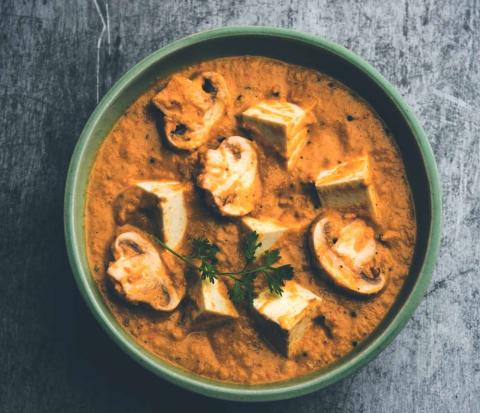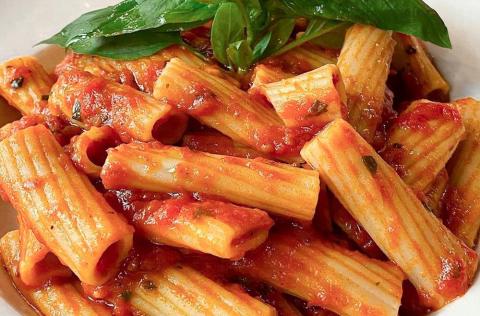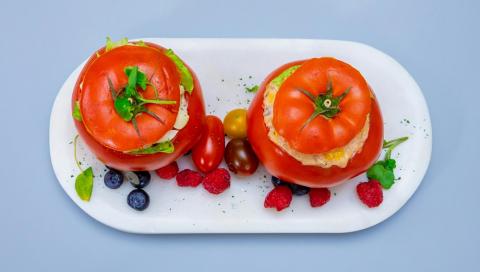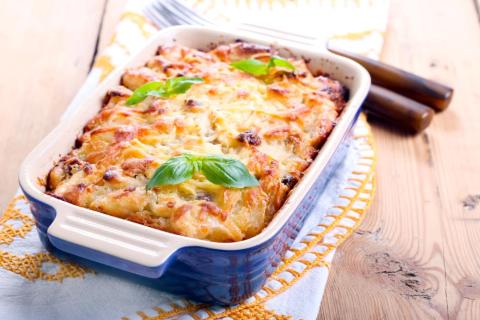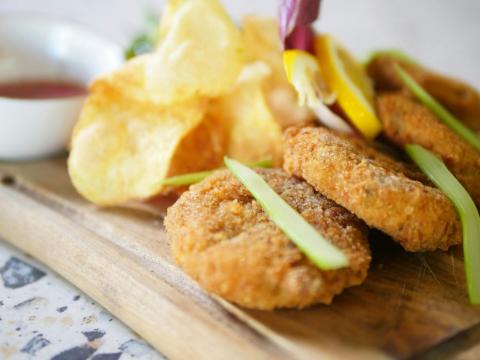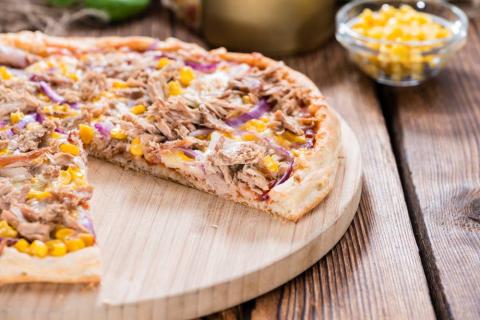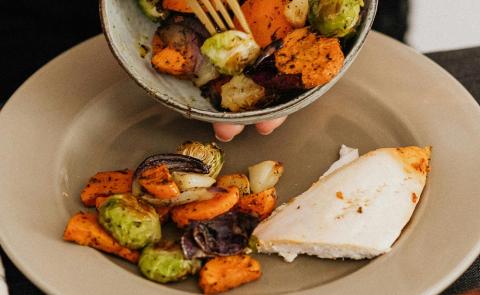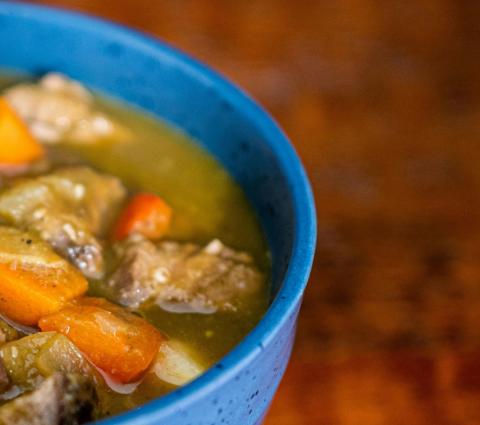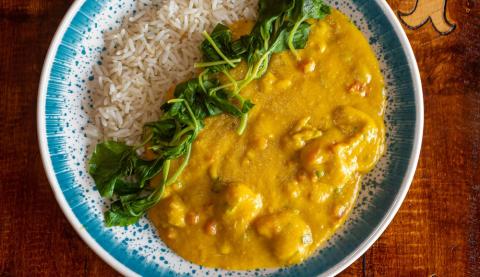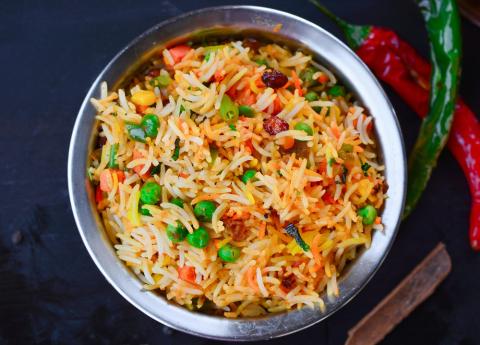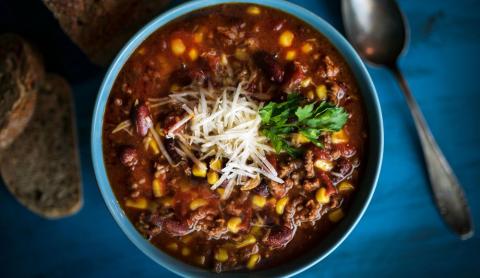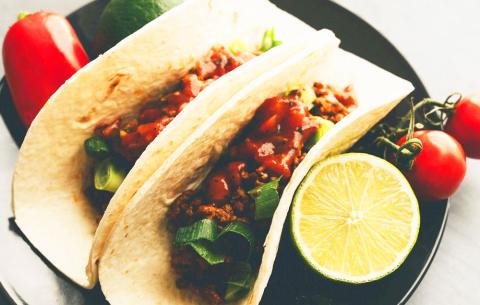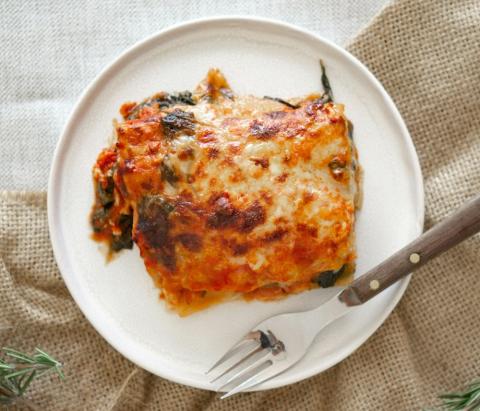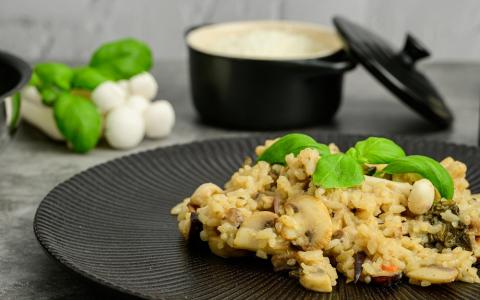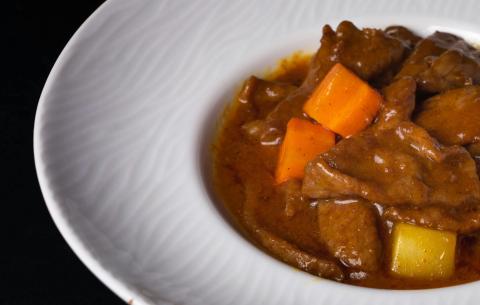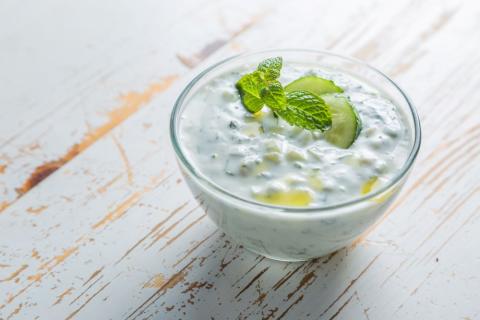- 1 Tins (400g) Chick Peas
- 2 Eggs
- 3 Tablespoons (45g) Semi-Skimmed Milk
- 4 Tablespoons (80g) Plain Flour
- 1 Teaspoons (4g) Baking Powder
- 2 Teaspoons (20g) Tomato Puree
- 2 (20g) Spring Onions
- 2 Tablespoons (20g) Vegetable Oil
- 3 Large sized (600g) Potatoes
- 5 Level spoonfuls Teaspoons (75g) Reduced Calorie Mayonnaise
- 1 Pinch (1g) Ground Black Pepper
- 4 Medium sized (340g) Tomatoes
- ½ (180g) Cucumber
- 8 Leaves (80g) Lettuce
Ingredients
Allergy Disclaimer
Always check the label of each ingredient for allergy warnings.
Method
- Peel and dice potatoes and cook in boiling water for around 20 minutes until soft.
- Drain and rinse chick peas then mash with a fork or a food processor if you have one. Wash the spring onions and finely chop.
- Crack the eggs and add to the chick peas along with milk and mix well, then sift in flour and baking powder. Mix until smooth then add tomato puree and spring onions.
- In a frying pan heat the oil and the fritters- take 2 tablespoons of the mixture for each fritter. Once the you see bubbles appear turn the fritters over and cook until golden brown.
- Once potatoes have cooked, drain, allow to cool slightly then mix with mayonaisse and black pepper. Wash salad ingredients and chop.
- Serve fritters with potato salad and salad.
Time Saver Tips
There's no need to peel potatoes for this dish – quick and easy. You can also prepare the fritter mixture and potatoes in advance and store them in fridge until you're ready to cook them. And if you've got any leftover potatoes, don't forget to use them.
Cost Saver Tips
A great way of using up leftover potatoes.
Tips for Kids
Let them help with mashing chickpeas and chopping vegetables.
Nutritional Information
Based on a single serving of 400g (% of an adult's reference intake)
Energy
412 kcals ( 21 %)
1,732 kJ ( 21 %)
Fat
2.8 g ( 14 %)
Saturates
52.8 g ( %)
Sugar
8 g ( 9 %)
Salt
1.2 g ( 20 %)
Detailed nutritional information
| Per 100g | Per 400g serving | |
|---|---|---|
| Energy Kcals | 103 | 412 |
| Energy Kj | 433 | 1,732 |
| Protein | 3.4 g | 13.6 g |
| Total Fat | g | g |
| Saturated Fat | 0.7 g | 2.8 g |
| Carbohydrates | 13.2 g | 52.8 g |
| Total Sugars | 2 g | 8 g |
| NSP Fibre | 1.4 g | 5.6 g |
| Sodium | 130 mg | 520 mg |
| Salt | 0.3 g | 1.2 g |
Find out about nutritional labelling
Nutrition labels on the front of packaging
- Most of the big supermarkets and many food manufacturers display nutritional information on the front of pre-packed food.
- Front of pack nutrition labels provide information on the number of grams of fat, saturated fat, sugars and salt and the amount of energy (in kJ and kcal) in a serving or portion of a recipe.
- The labels also include information about reference intakes (expressed as a percentage) which are guidelines about the approximate amount of particular nutrients and energy required for a healthy diet.
- The colour coding tells you at a glance if the food has high (red), medium (amber) or low (green) amounts of fat, saturated fat, sugars and salt.
- The more greens on the label, the healthier the choice
- Amber means neither high nor low, so you can eat foods with all or mostly ambers on the label most of the time.
- Reds on the label means the food is high in that nutrient and these are the foods we should cut down on. Try to eat these foods less often and in small amounts.
Food shopping tips
If you’re trying to decide which product to choose, check to see if there's a nutrition label on the front of the pack. This will help you to quickly assess how your choices stack up. You will often find a mixture of red, amber and green colour coding for the nutrients. So when you're choosing between similar products, try to go for more greens and ambers and fewer reds if you want to make a healthier choice.
 Activities & Play
Activities & Play Behaviour
Behaviour Childcare
Childcare Development & Growing Up
Development & Growing Up Family, Friends & Relationships
Family, Friends & Relationships Feeding Your Baby
Feeding Your Baby Food & Eating
Food & Eating Health & Safety
Health & Safety Mental Health & Wellbeing
Mental Health & Wellbeing Money & Work
Money & Work Online Behaviour & Safety
Online Behaviour & Safety Pregnancy & First Days
Pregnancy & First Days School & Education
School & Education Sleep
Sleep


